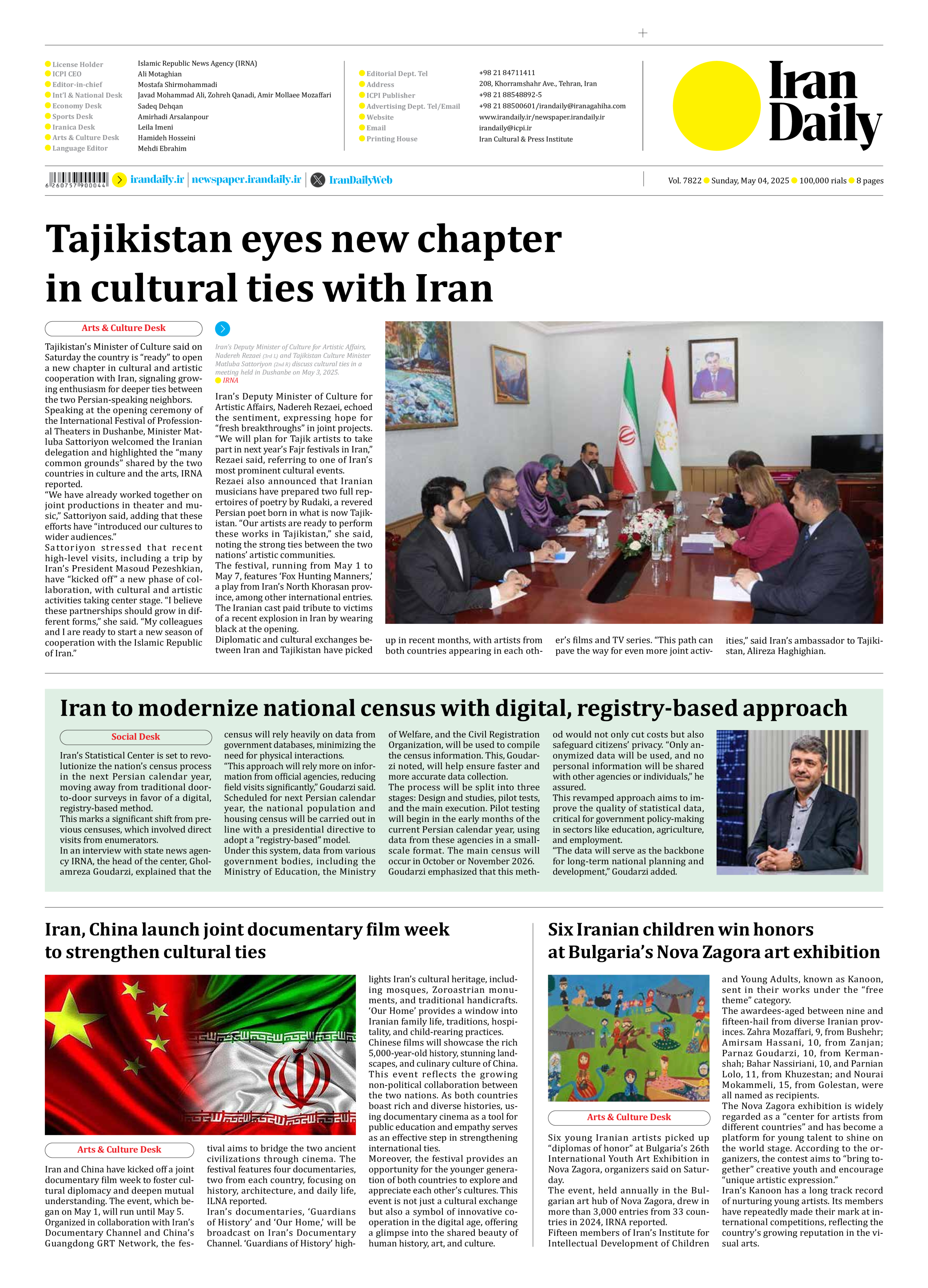
Iran to modernize national census with digital, registry-based approach
Iran’s Statistical Center is set to revolutionize the nation’s census process in the next Persian calendar year, moving away from traditional door-to-door surveys in favor of a digital, registry-based method.
This marks a significant shift from previous censuses, which involved direct visits from enumerators.
In an interview with state news agency IRNA, the head of the center, Gholamreza Goudarzi, explained that the census will rely heavily on data from government databases, minimizing the need for physical interactions.
“This approach will rely more on information from official agencies, reducing field visits significantly,” Goudarzi said.
Scheduled for next Persian calendar year, the national population and housing census will be carried out in line with a presidential directive to adopt a “registry-based” model.
Under this system, data from various government bodies, including the Ministry of Education, the Ministry of Welfare, and the Civil Registration Organization, will be used to compile the census information. This, Goudarzi noted, will help ensure faster and more accurate data collection.
The process will be split into three stages: Design and studies, pilot tests, and the main execution. Pilot testing will begin in the early months of the current Persian calendar year, using data from these agencies in a small-scale format. The main census will occur in October or November 2026.
Goudarzi emphasized that this method would not only cut costs but also safeguard citizens’ privacy. “Only anonymized data will be used, and no personal information will be shared with other agencies or individuals,” he assured.
This revamped approach aims to improve the quality of statistical data, critical for government policy-making in sectors like education, agriculture, and employment.
“The data will serve as the backbone for long-term national planning and development,” Goudarzi added.







